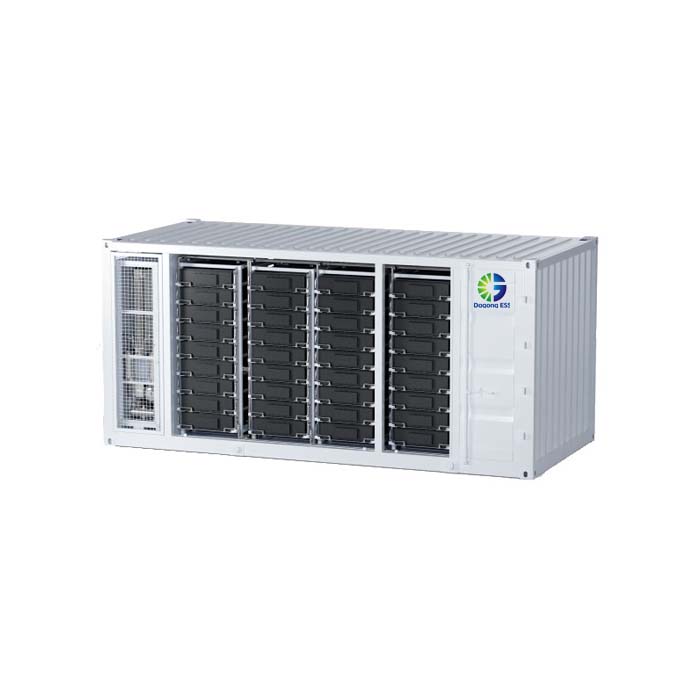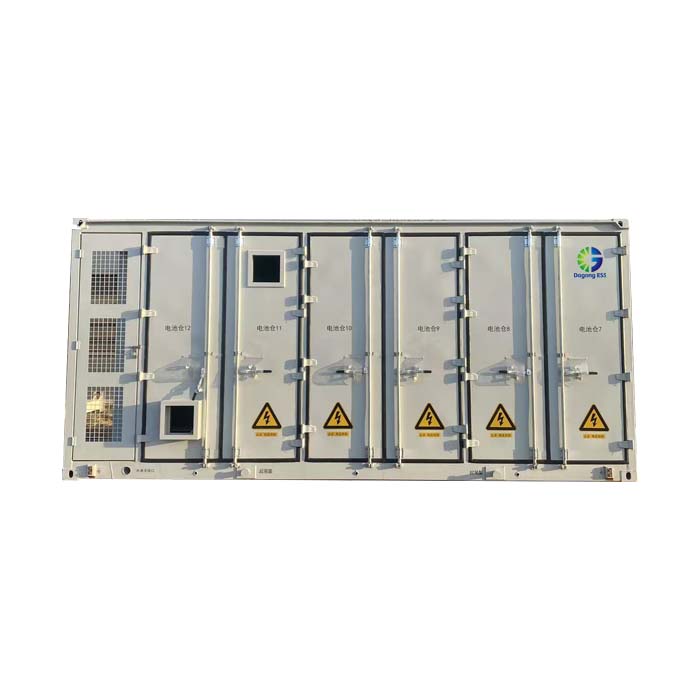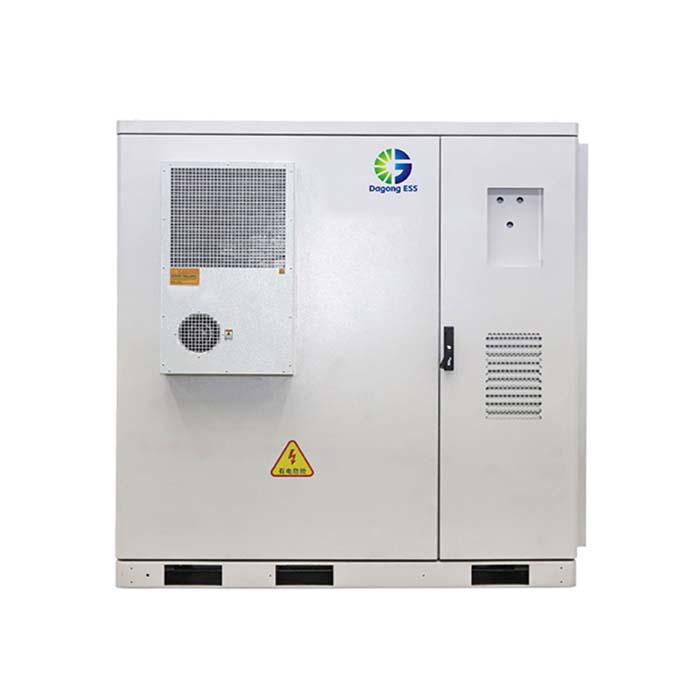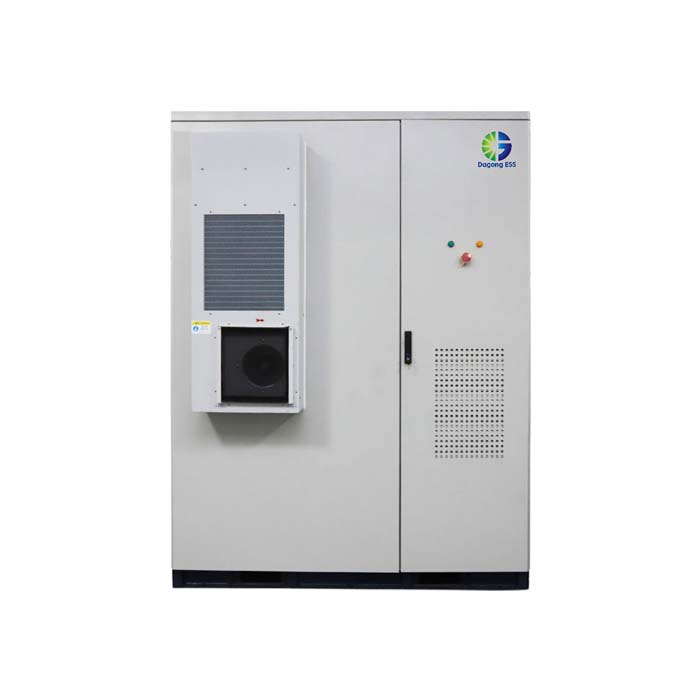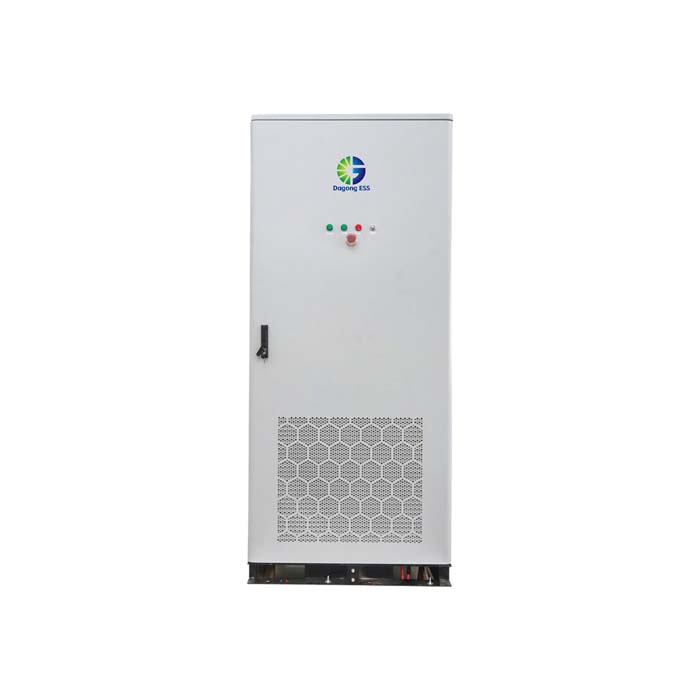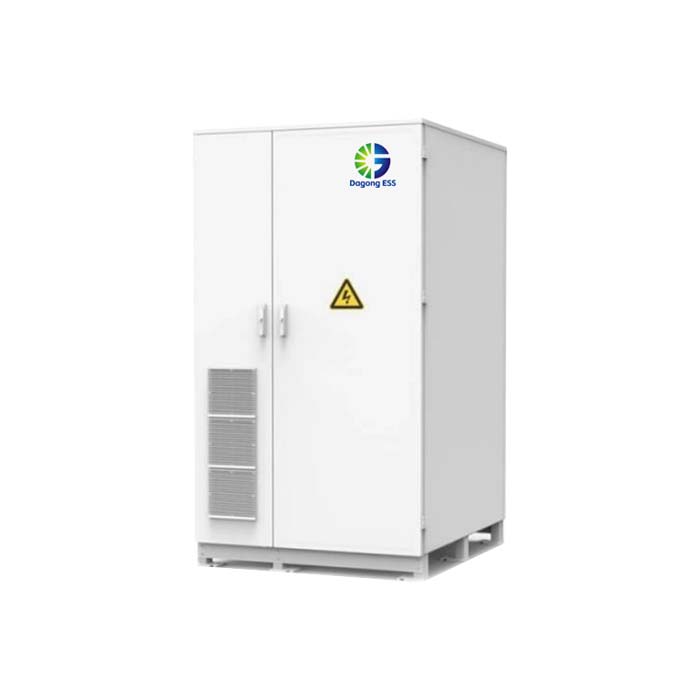BMS Technologies for Residential Energy Storage: Safety and Longevity
What is a Residential BMS?
A residential Battery Management System (BMS) is an essential component of home energy storage systems (ESS) that monitors, protects, and optimizes battery performance.
Key functions include:
Monitoring voltage, current, and temperature of each battery cell
Balancing cells to ensure uniform performance
Preventing overcharge, over-discharge, and short circuits
Communicating with EMS and PCS for optimal home energy usage
By implementing a BMS, residential ESS can maximize battery lifespan, improve safety, and enhance system efficiency, especially in systems using LFP batteries for long-term reliability.
BMS Features Focused on Safety
Voltage and Current Monitoring
Detects abnormal voltage or current in real-time
Prevents battery damage or unsafe operation
Cell Balancing
Ensures uniform energy distribution across all cells
Extends battery cycle life and improves efficiency
Overcharge & Overdischarge Protection
Automatically limits charge/discharge to safe levels
Protects battery from premature failure
Thermal Management
Monitors temperature to avoid overheating
Triggers cooling or alerts if thresholds are exceeded
Fault Diagnosis & Alerts
Early warning for potential issues
Provides remote monitoring through EMS integration
Dagong ESS residential LFP systems, such as 5–30kWh stackable or wall-mounted units, are equipped with advanced BMS technologies to provide reliable, safe, and long-lasting energy storage for homes.
Why BMS is Critical for Home Energy Storage
Safety First: Protects families and property from battery hazards
Enhanced Longevity: Maintains over 8,000 charge/discharge cycles for LFP batteries
Optimized Performance: Ensures consistent energy output
Remote Monitoring: Allows homeowners to track system status and energy usage
Applications of BMS in Residential ESS
Solar + Battery Systems: Optimizes daily solar energy consumption
Backup Power: Ensures safe and reliable operation during grid outages
Energy Cost Management: Enables peak shaving and load shifting
Smart Home Integration: Works with home automation systems for intelligent energy control
For example, Dagong ESS 5kWh wall-mounted units allow homeowners to manage solar energy efficiently, while 30kWh stackable cabinets support larger energy needs with enhanced safety and monitoring.
Price of BMS-Equipped Residential ESS
The cost depends on:
Battery capacity (kWh) and chemistry
BMS functionality and integration with EMS/PCS
Installation and auxiliary equipment
Pricing is generally quoted under EXW, FOB, or CIF terms, depending on project location. For tailored quotations considering your home energy needs and safety requirements, consult directly with the supplier.
How to Select a Residential BMS
Capacity Match – Ensure BMS supports your ESS size
Safety Features – Look for overcharge, overdischarge, and thermal protection
Cell Balancing – Extends battery lifespan and improves efficiency
Integration with EMS and PCS – For intelligent energy management
Remote Monitoring – Essential for modern smart homes
Warranty and Support – Reliable supplier ensures long-term performance
How Long Does a Residential BMS Last?
A high-quality residential BMS can operate 10–15 years, aligning with the lifespan of LFP batteries. With proper monitoring, it ensures safe, efficient, and reliable energy storage for daily home use.
The Supplier of Residential BMS-Equipped ESS
Dagong ESS provides advanced LFP residential energy storage systems with integrated BMS:
5–10kWh wall-mounted units for compact home applications
5–80kWh stackable cabinets for larger residential energy needs
Dagong ESS ensures that every residential system operates safely, efficiently, and reliably over thousands of cycles.
If you are interested in Dagong ESS BMS-equipped residential energy storage solutions, please contact:Email: sales@dagongess.com
Website: www.dagongess.com


